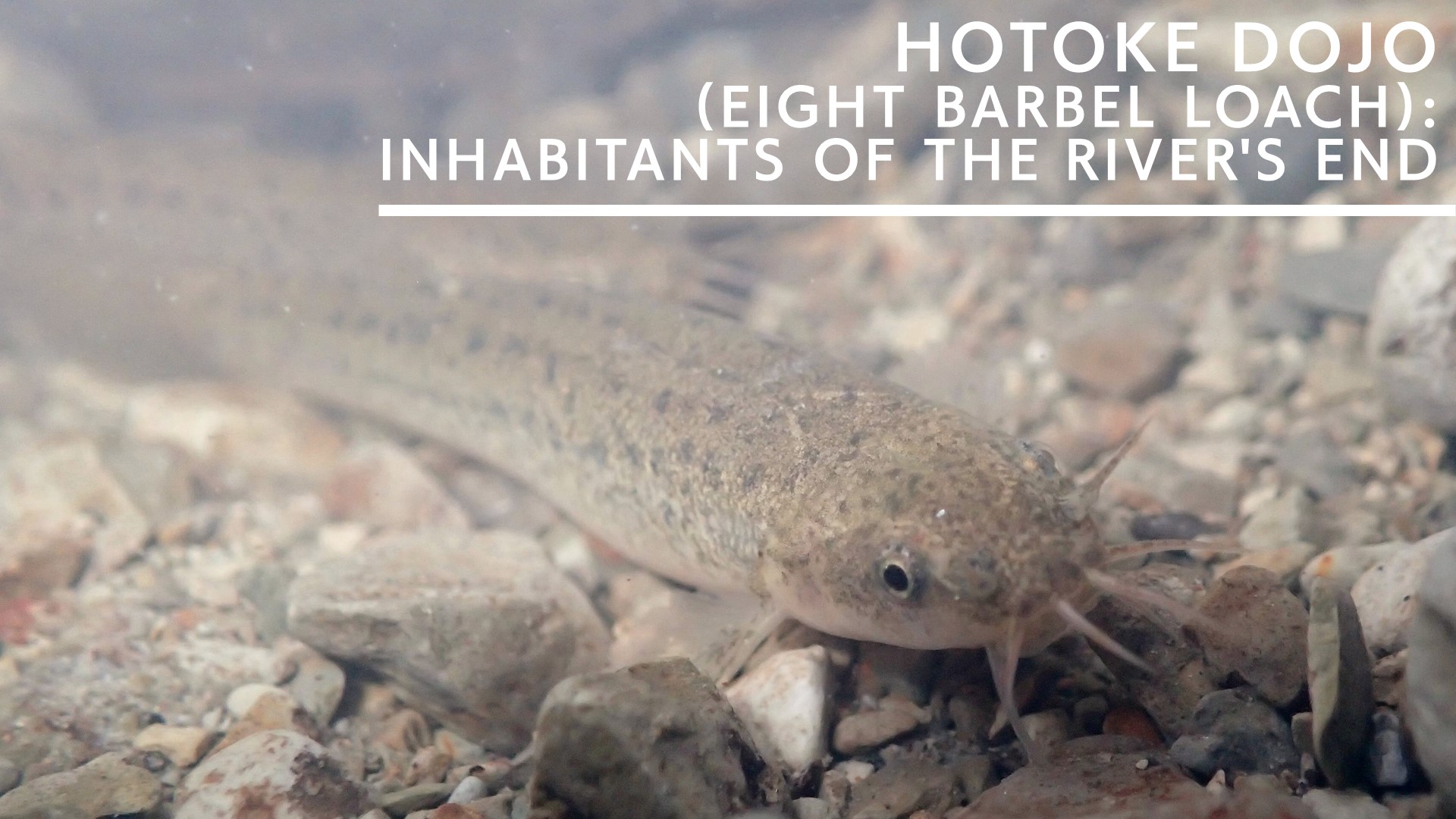Recently, people around me have been catching colds. From what I’ve heard, everyone first experiences body fatigue and a runny nose. After the fatigue subsides, the runny nose continues. Therefore, even if they appear to be fine, they are constantly sniffing. I want to be careful not to catch it myself.
It goes without saying that the virus causing the cold spreads through droplets and from person to person. We all remember how the coronavirus, which originated in China, spread rapidly. If we look at other organisms, plants and insects, for instance, spread their distribution by riding the wind or attaching themselves to other organisms.
However, this is not the case for freshwater fish. No matter what, they will die if they come out of the water. There was a story once about carp (Cyprinus carpio) eggs being transported by birds, but I think that’s a rare example. There are various discussions about the expansion of freshwater fish distribution, but I remember that it was primarily due to changes in the terrain and the river courses.

The other day, I encountered a hotokedojo (Lefua echigonia) during a mountain survey. This loach lives at the end of river systems, primarily inhabiting small water seepage channels and wetlands at the foot of mountains. Fish that move widely within rivers might be able to relocate with changes in the river course. However, for this fish, its habitat is at the edge of the river, and its ability to move seems limited. Nevertheless, its distribution is quite wide, and there is no clear division within its distribution range of where it is found and where it is not. I think it must have expanded its distribution to habitable areas in some way, but I have no idea how. It is quite a mystery.
An Encyclopedia of Japanese Loaches (in Japanese)



コメント